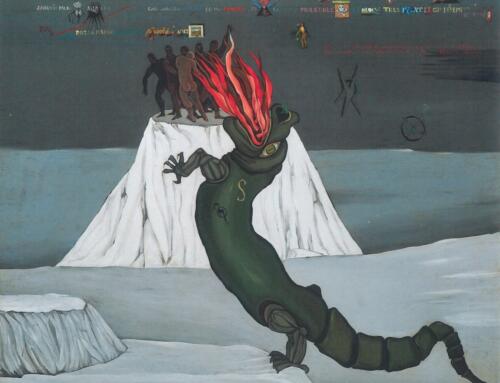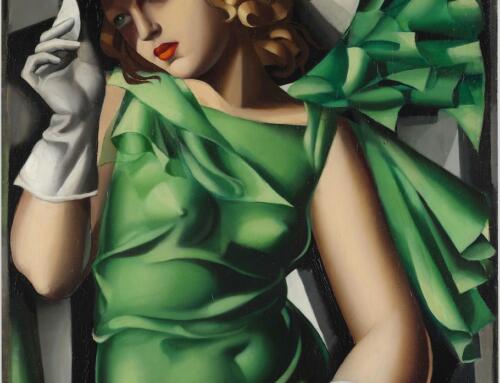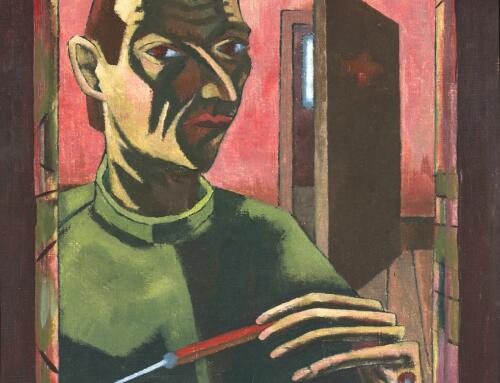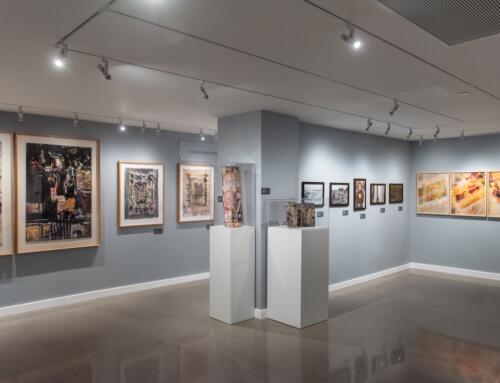Dear Friends,
This month, we continue our Zoom discussions featuring Anni Albers, Arthur Szyk and Lily Renee:
Wednesday, November 3, 12:00pm EDT:
From Sea to Shining Sea: Anni Albers in America (1899–1994)
Join us for a conversation about Anni Albers’ art and career, featuring Laura Muir, Associate Director of Academic and Public Programs and the Louis Miller Thayer Research Curator at the Harvard Art Museums in Cambridge MA and Ori Z Soltes, PhD, Teaching Professor at Georgetown University, Washington DC., moderated by Rachel Stern, Director and CEO of the Fritz Ascher Society in New York.
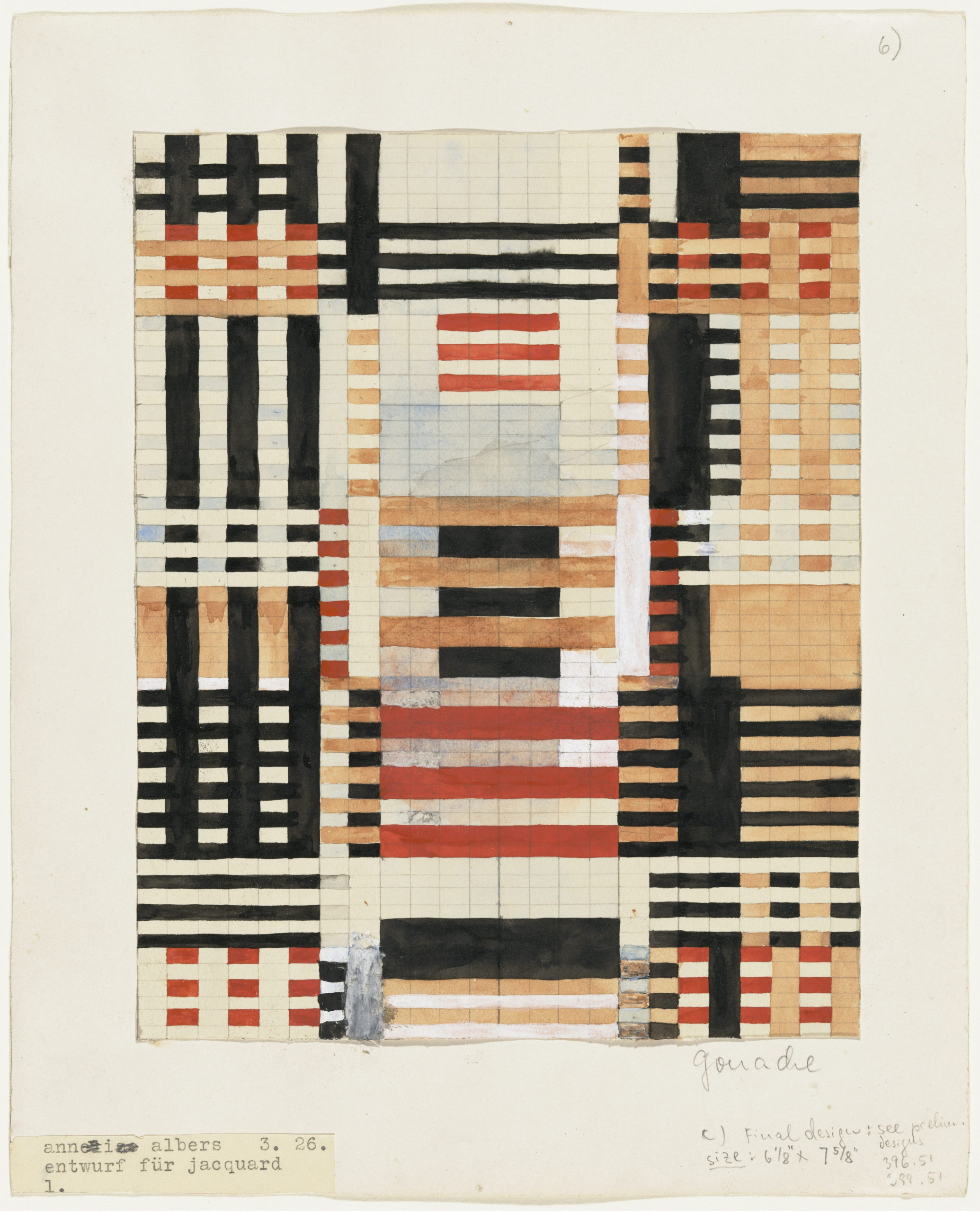
Anni Albers, Preliminary Design for Wall Hanging, 1926. Gouache and pencil on paper; 10 x 8 in. (25.4 x 20.3 cm) Museum of Modern Art, New York 398.1951. Gift of the designer. Digital Image © The Museum of Modern Art/Licensed by SCALA / Art Resource, NY © 2021 The Josef and Anni Albers Foundation / Artists Rights Society (ARS), New York
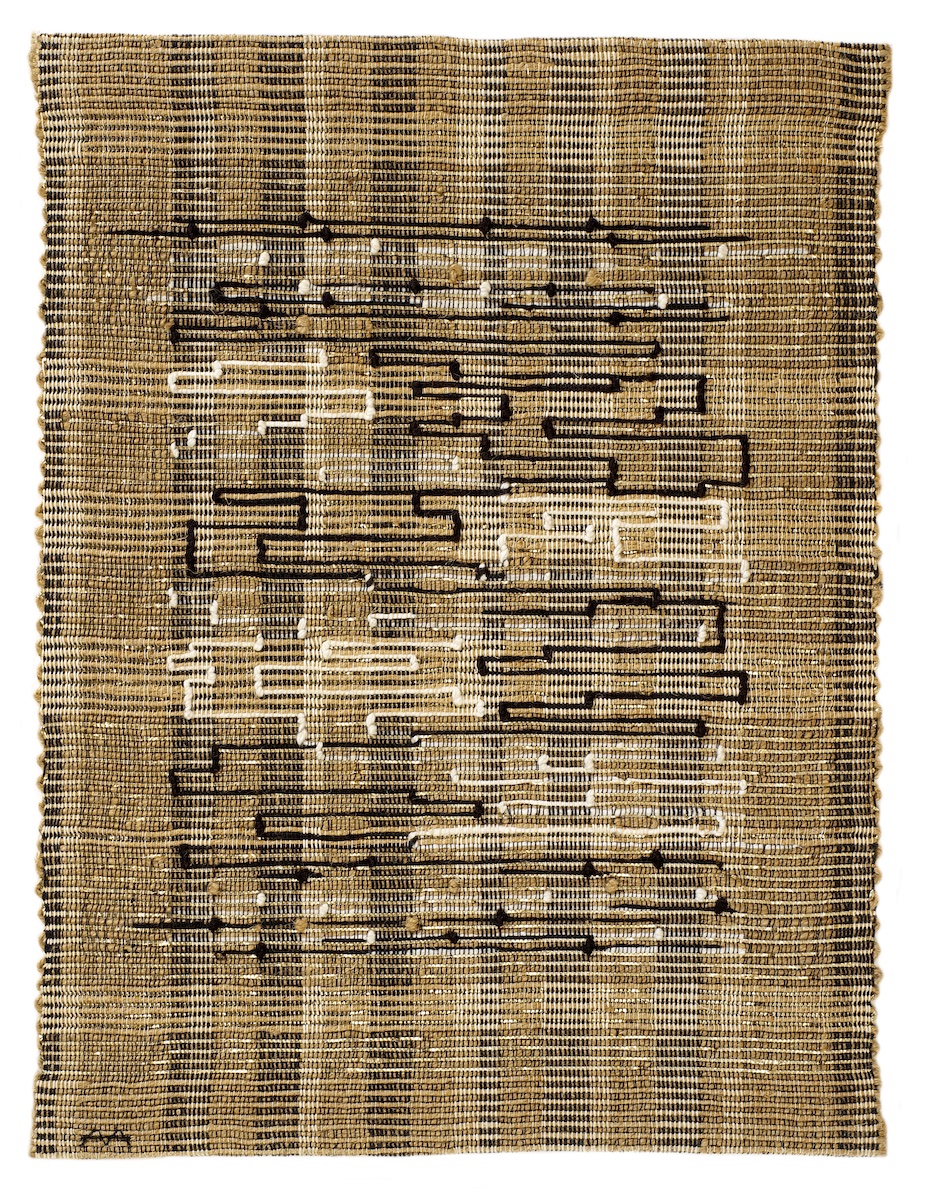
Anni Albers, Black-White-Gold I, 1950. Cotton, lurex, and jute; 25 1/8 x 19 in. (63.8 x 48.3 cm) The Josef and Anni Albers Foundation, Bethany 1996.12.1 Photo: Tim Nighswander/Imaging4Art © 2021 The Josef and Anni Albers Foundation/Artists Rights Society (ARS), New York
Anni Albers (Berlin 1899 – 1994 Orange, CT) found her artistic identity at the renowned Bauhaus. As the Nazis forced the Bauhaus closure, Anni and her already well-known husband, Joseph Albers, immigrated to the United States, which presented Albers with new opportunities to develop as a designer of both functional and purely artistic textiles. She inspired a new generation of students through her teaching and produced an important body of writing on weaving that was informed by her extensive travels to Central and Latin America. Her efforts in all these areas elevated the status of weaving as an art form and her reputation as a major artist within that field. In addition to opening professional doors, Albers’ migration allowed her to play a key role in promoting the Bauhaus and its ideas in the United States through her participation in exhibitions and generous donations to American museum collections.

Anni and Josef Albers, Black Mountain College, 1949. Photo by Ted Dreier. Courtesy of the Josef and Anni Albers Foundation. © 2021 The Josef and Anni Albers Foundation/Artists Rights Society (ARS), New York
Wednesday, November 10, 12:00pm ET:
The Cartoon Crusader Comes to America:
Arthur Szyk’s Battle against the Nazis in the New World
Featuring Steven Luckert, PhD, Senior Program Curator, Levine Institute for Holocaust Education at the United States Holocaust Memorial Museum, Washington DC and Irvin Ungar, Arthur Szyk scholar. Moderated by Ori Z Soltes, PhD, Teaching Professor at Georgetown University, Washington DC
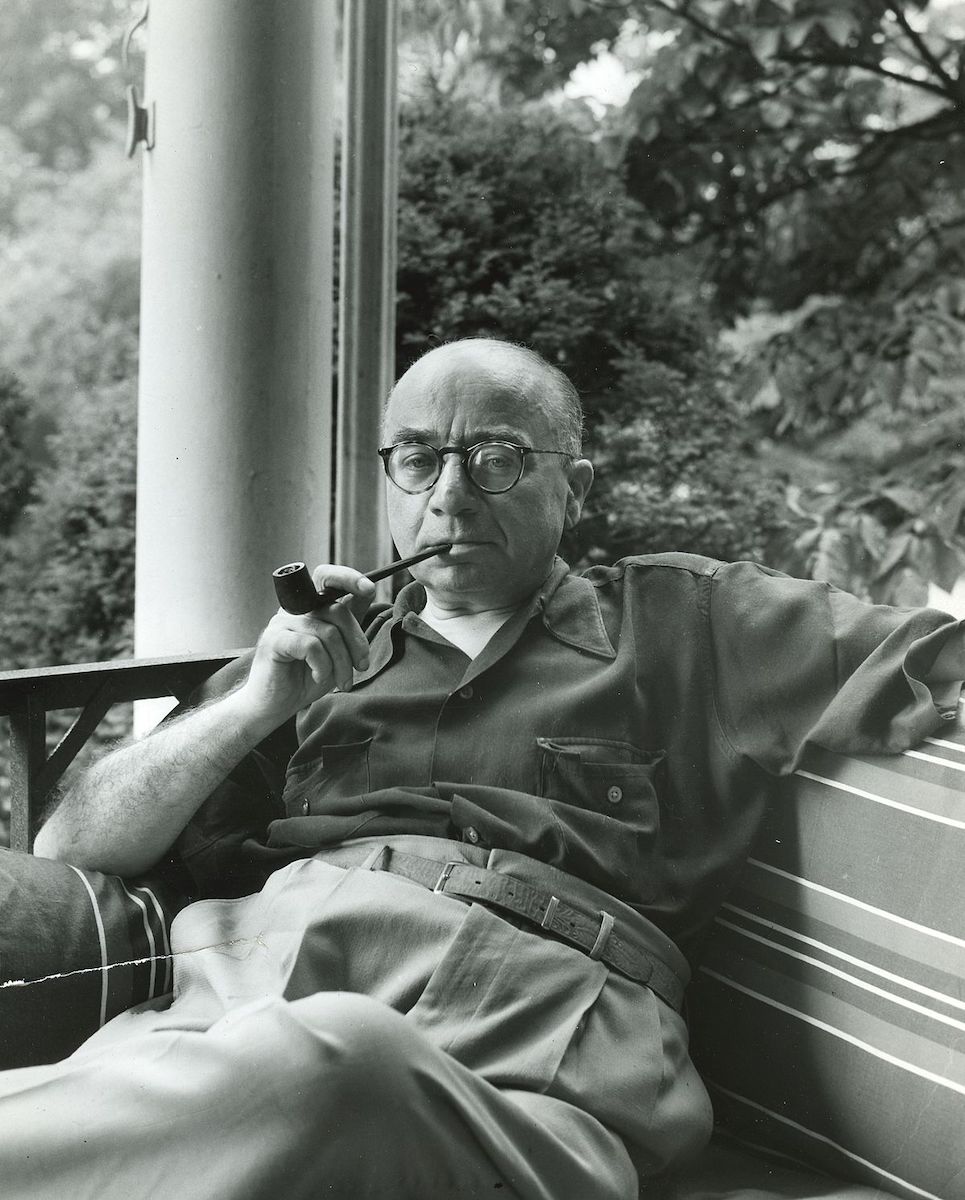
Arthur Szyk, Portrait with pipe, New Canaan, CT c.1946
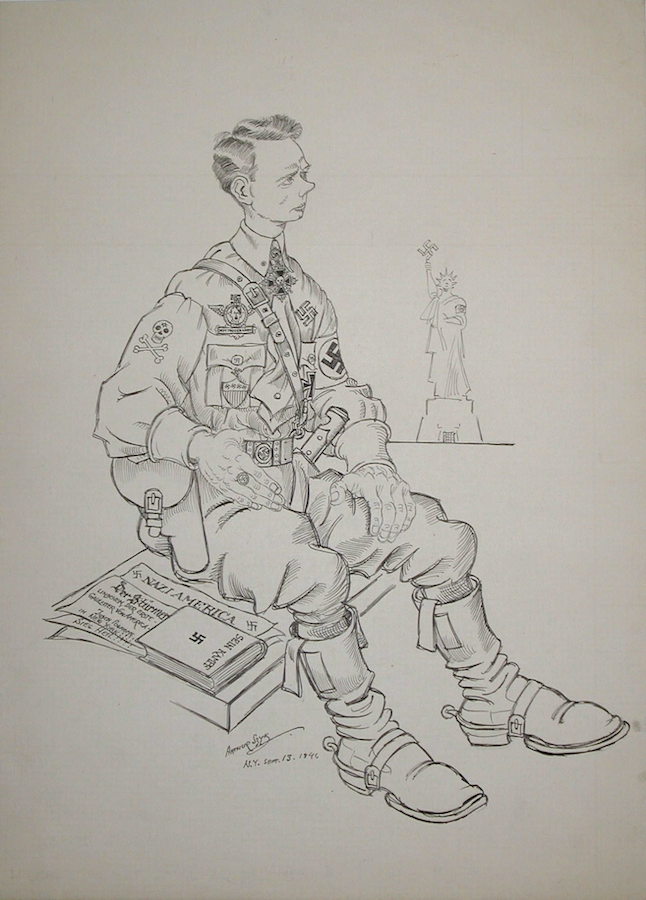
Arthur Szyk, Sein Kampf, Caricature of Charles Lindbergh, New York, 1941. Graphite, ink on paper, 11.9 x 8.5 in. (30.2 x 21.6 cm). United States Holocaust Memorial Museum Collection, Gift of Joseph and Alexandra Braciejowski
Prior to World War II, Polish-born Arthur Szyk (Lodz 1894 – 1951 New Canaan, CT) was best known for his ornately detailed renderings of historical subjects and Jewish themes. But after the German invasion of Poland in September 1939, he gained the accolades of international audiences for his biting caricatures of Nazi leaders and his efforts to garner support for the Allied cause and Europe’s persecuted Jews. In 1940, Szyk took his mighty pen to the United States, where he quickly became a popular artistic sensation. His images graced the covers and inside pages of leading magazines, like Time, Colliers, Esquire, Look, The American Mercury, Coronet, and Liberty. Szyk’s cartoons regularly appeared in The New York Post, The Chicago Sun, and PM. Millions of Americans knew his work, even if they could not pronounce his name.
November 17, 12:00pm ET:
Lily Renée (born Vienna 1921):
From Refugee to Renown
Lily Renee arrived during the Holocaust in New York City as a teenager, and somehow found work in the male-dominated comic book world. By the time of her retirement, she had become a legend and her heroic female characters–like Lily herself, smashing through the glass ceiling of gender expectation–and shaping figures that would inspire several generations of young readers, both girls and boys, to rethink the norms that so often otherwise surrounded them.
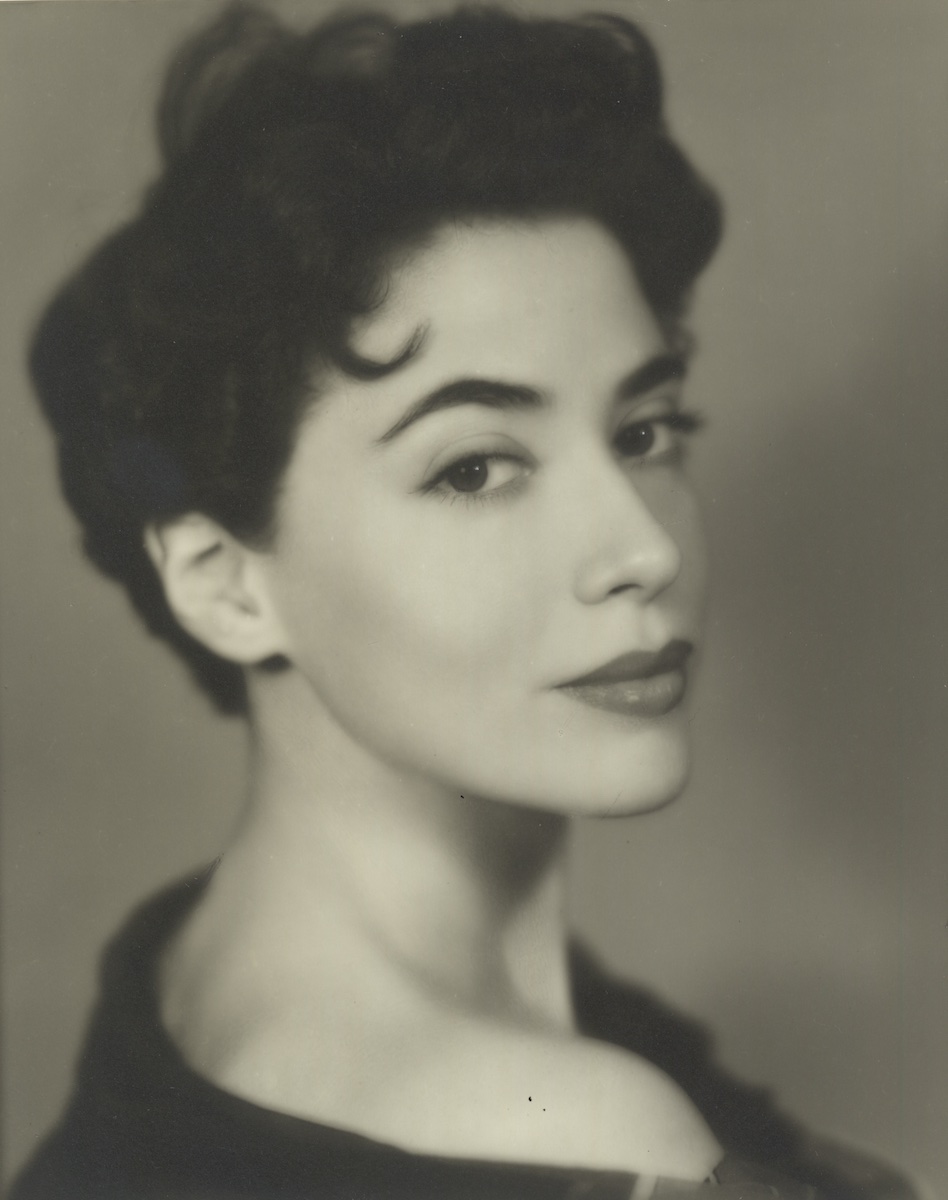
Portrait photo Lily Renée, New York, late 1940s. Photo: Elizabeth Gottlieb. Lily Renée collection © Lily Renée
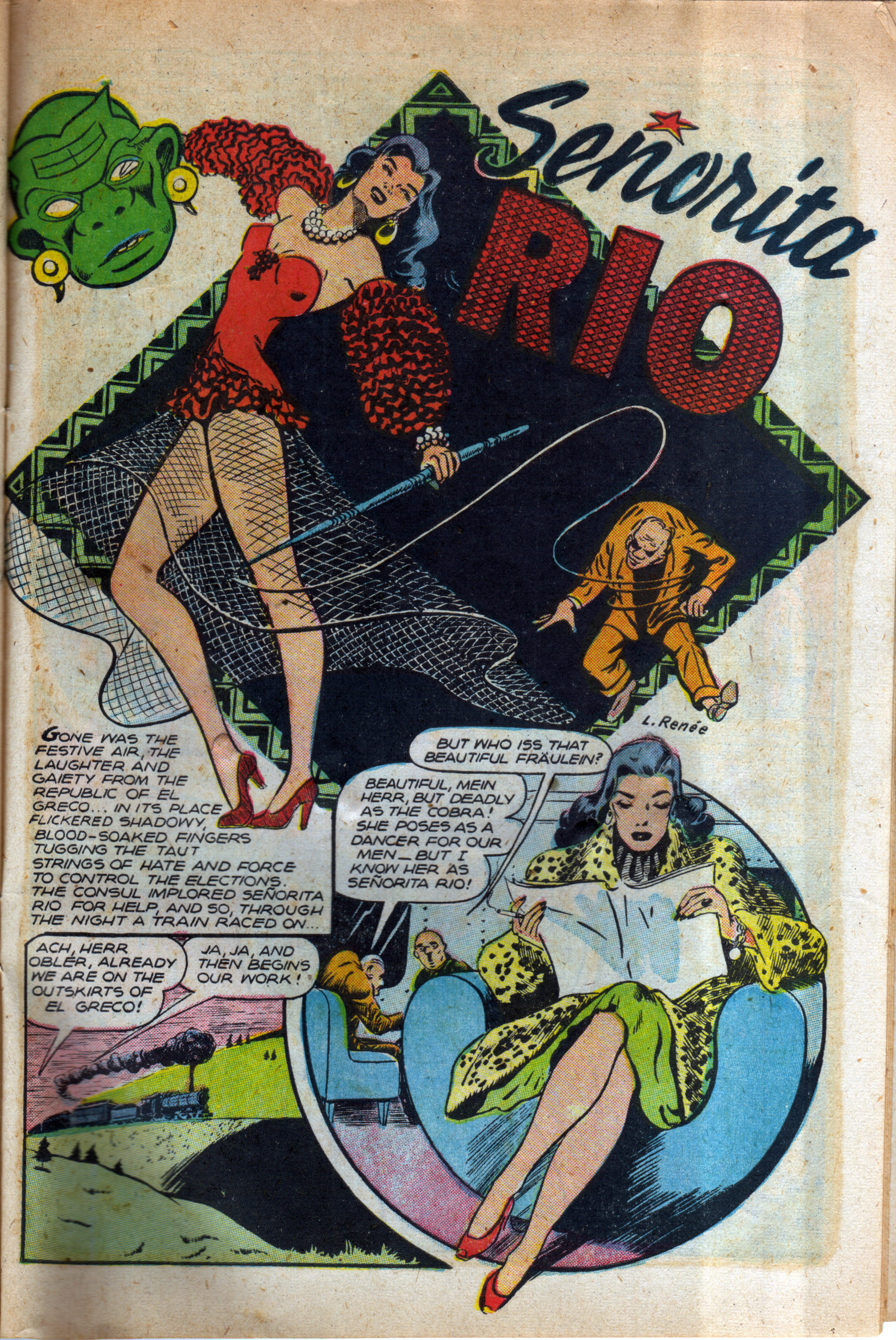
Lily Renée, Senorita Rio 6. Fight Comics. Fiction House, New York
This discussion is featuring Trina Robbins, Comic Herstorian and Artist in San Francisco CA and Adrienne Gruben, Mexican-American director of the film “Lily”. Moderated by Rachel Stern, Director and CEO of the Fritz Ascher Society.
And here we owe Adrienne Gruben a big thank you, because she agreed to make her feature film “Lily” available to our audience! Follow the link to our website for access information.
All talks belong to our virtual project “Identity, Art and Migration” which investigates US immigration of European refugees during the first half of the 20th century through the lens of seven artist case studies. If you missed the discussions featuring Eva Hesse, Rudi Lesser or Friedel Dzubas, you can find the recordings following the link below.
Generously sponsored by the Consulate General of the Federal Republic of Germany in New York.
Generously sponsored by the Consulate General of the Federal Republic of Germany in New York.
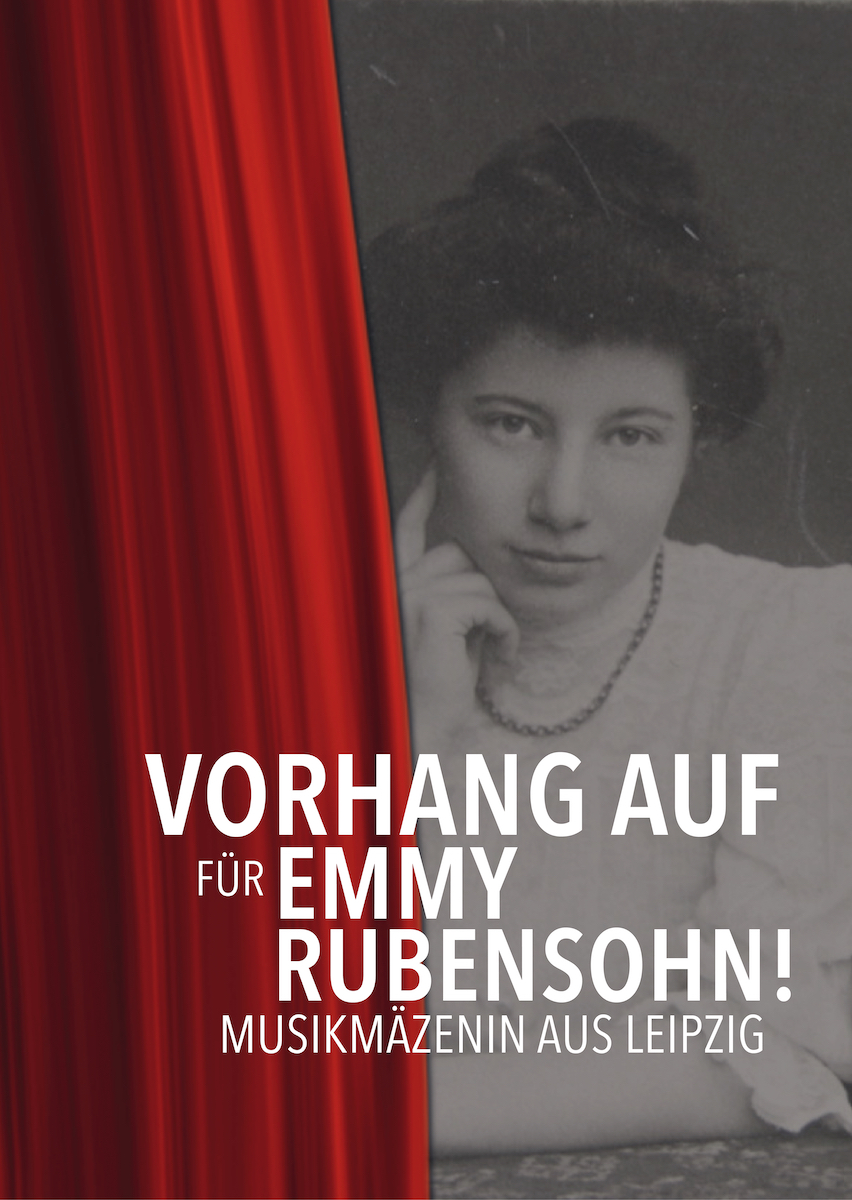
I am very excited to invite our German audience to come to Leipzig, where we celebrate the discovery of music patron, concert manager, salonière and letter writer Emmy Rubensohn (1884-1961). The exhibition in the famous Gewandhaus tells of her life, which led her to Kassel, Berlin, Shanghai and New York. Born in Leipzig in 1884 as the daughter of the Jewish entrepreneurial family Frank, she was a passionate concert-goer even as a young girl, who was particularly drawn to the Gewandhaus concerts.
The exhibition, which will be on view from November 10 to December 19, 2021, is part of the “1700 Years of Jewish Life in Germany” anniversary, and was organized by the University of Siegen and the Gewandhaus zu Leipzig. It was spearheaded by music scholar Prof. Dr. Matthias Henke.
To attend the opening event on Wednesday, November 10 at 7:00pm, please register until November 7: www.gewandhausorchester.de/ausstellung-rubensohn
All best wishes,
Rachel Stern
Director and CEO
Join the conversation!
@FritzAscherSociety
#FritzAscher
#IdentityArtMigration
Fritz Ascher ©2021 Bianca Stock, Photos Malcolm Varon



